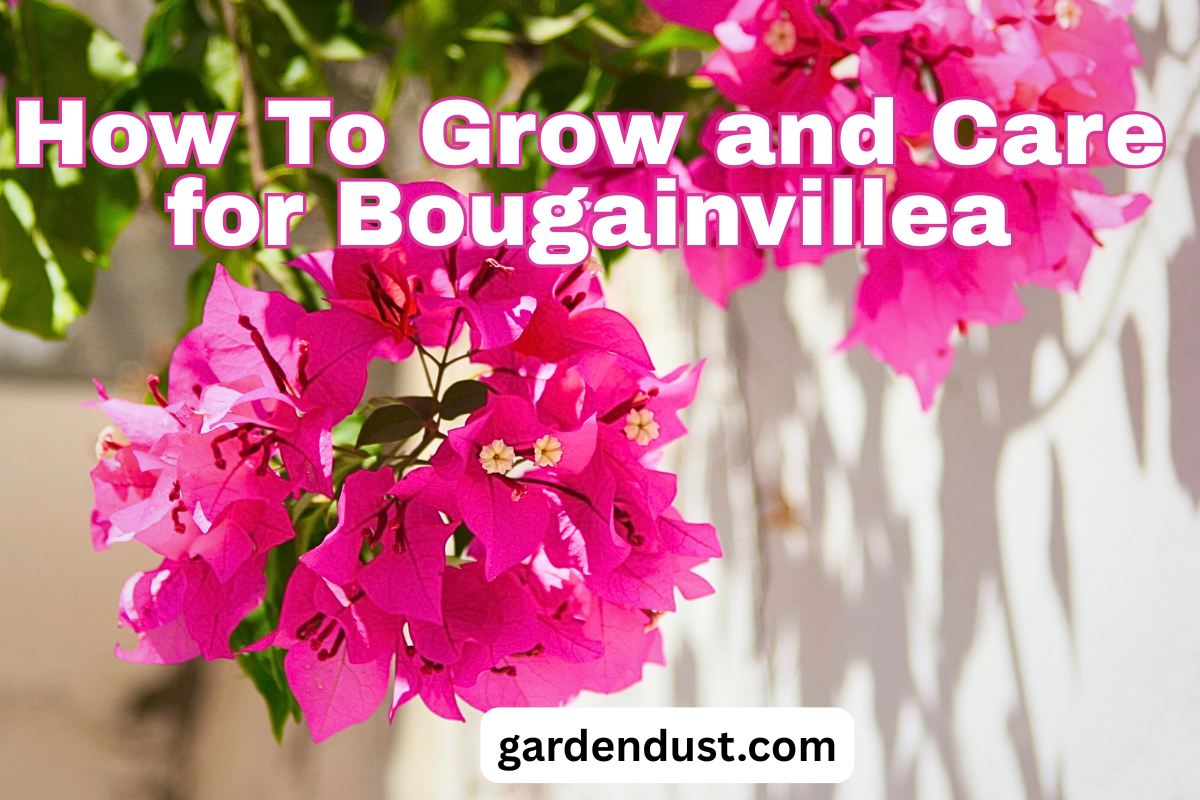Square foot gardening is a popular and efficient gardening method that maximizes space and minimizes maintenance. Developed by Mel Bartholomew, this technique divides the garden into small, manageable square foot sections. While square foot gardening offers numerous benefits, such as increased yields and reduced weed growth, there are common mistakes that gardeners often make. To ensure a successful square foot garden, it’s essential to be aware of these pitfalls. In this article, we will explore 7 common mistakes to avoid in square foot gardening. Let’s start….
Avoid these Mistake-
Mistake No.1-Ignoring the Importance of Soil Mix
One of the fundamental principles of square foot gardening is the use of a specialized soil mix. The mistake many gardeners make is neglecting the importance of this mix. Square foot gardens thrive in a soil blend that is light, fluffy, and well-draining. A typical mix consists of equal parts of peat moss, vermiculite, and blended compost.
Avoid using garden soil straight from the ground, as it can become compacted and hinder root growth. Additionally, heavy soils can impede drainage, leading to waterlogged conditions that may promote root diseases. Invest time and effort in preparing the right soil mix before starting your square foot garden to provide the optimal environment for plant growth.
Mistake No.2-Overcrowding Plants
In square foot gardening, each square foot should ideally be dedicated to a specific number of plants based on their size. Overcrowding is a common mistake that compromises plant health and hinders overall productivity. Carefully follow the recommended planting guides for each type of vegetable or herb to ensure proper spacing.
Overcrowded plants compete for nutrients, sunlight, and water, leading to stunted growth and increased vulnerability to diseases. Regularly thinning out plants, as recommended for each crop, allows the remaining plants to flourish and ensures a bountiful harvest.
Mistake No.3-Neglecting Vertical Gardening Opportunities
While square foot gardening is designed to optimize horizontal space, neglecting the vertical dimension is a common mistake. Vertical gardening allows you to make the most of limited space and can be especially useful for vining plants like tomatoes, cucumbers, and beans.
Install trellises, cages, or stakes to support vertical growth and prevent sprawling. This not only maximizes space but also improves air circulation, reducing the risk of fungal diseases. Be mindful of the height of the plants and their potential shading effects on neighboring crops when incorporating vertical elements into your square foot garden.
Mistake No.4-Inadequate Watering Practices
Proper watering is crucial in square foot gardening, and inadequate watering is a mistake that can have serious consequences. Overwatering can lead to root rot, while underwatering can cause stress and hinder plant development. The key is to maintain consistently moist but not waterlogged soil.
Consider using drip irrigation systems or soaker hoses to deliver water directly to the base of plants, minimizing water waste and keeping foliage dry. Regularly monitor soil moisture levels, especially during hot weather, and adjust your watering schedule accordingly. Mulching the soil surface can also help retain moisture and suppress weeds.
READ ALSO:-VERTICAL GARDENING: MAXIMIZING SPACE IN SMALL GARDENS
Mistake No.5-Neglecting Crop Rotation
Crop rotation is a vital practice in gardening that helps prevent soil-borne diseases and pests from building up in the soil. Many gardeners make the mistake of neglecting this essential step in square foot gardening, leading to increased susceptibility to diseases and decreased yields over time.
Develop a crop rotation plan that considers the families of plants and their specific nutrient requirements. Avoid planting the same type of crop in the same square foot space year after year. By rotating crops, you break the life cycles of pests and diseases, promoting a healthier and more productive garden.
Mistake No.6-Failure to Plan for Succession Planting
Succession planting is a strategy where new crops are planted as soon as the previous ones are harvested, ensuring a continuous supply of fresh produce throughout the growing season. Neglecting succession planting is a common mistake that limits the productivity of a square foot garden.
Create a planting schedule that takes into account the average maturity time of each crop and plan for subsequent plantings. This ensures that you make the most of your garden space and enjoy a continuous harvest rather than having periods of inactivity. Succession planting is particularly beneficial for crops like lettuce, radishes, and bush beans.
Mistake No.7-Disregarding Pest Control Measures
Pests can quickly become a major issue in any garden, and square foot gardens are no exception. Disregarding pest control measures is a mistake that can lead to damage and loss of crops. Integrated pest management (IPM) strategies, such as companion planting, using natural predators, and practicing good garden hygiene, should be part of your gardening routine.
Regularly inspect your plants for signs of pests, and take prompt action to address any infestations. Neem oil, insecticidal soaps, and other organic solutions can be effective in controlling pests without harming beneficial insects. By staying proactive in pest management, you can protect the health of your square foot garden and ensure a thriving ecosystem.
Square foot gardening offers an efficient and space-saving way to grow a variety of crops in a limited area. However, avoiding common mistakes is essential for a successful harvest. By paying attention to soil quality, spacing, vertical gardening, watering practices, crop rotation, succession planting, and pest control, you can create a flourishing square foot garden that provides a continuous supply of fresh and healthy produce. Stay mindful of these potential pitfalls, and your square foot garden will be a source of joy and abundance throughout the growing season. Happy Gardening….







